Introduction
The Solar System, a term that invokes images of celestial bodies, planetary orbits, and the endless expanse of the cosmos, is a subject of fascination and exploration for humanity. Spanning billions of kilometers and containing a diverse array of objects, the Solar System is a dynamic and intricate cosmic arena. In this essay, we will delve deep into the captivating world of the Solar System, exploring its components, history, and the profound impact it has had on our understanding of the universe.
The Structure of the Solar System
At the heart of the Solar System lies the Sun, a colossal ball of hot, glowing gas that radiates immense energy and sustains life on Earth. The Sun’s gravitational pull is the dominant force that governs the motion of all other objects within the system. Orbiting the Sun are eight major planets, divided into two distinct groups, Terrestrial planets and Gas giants.
The terrestrial planets, which include Mercury, Venus, Earth, and Mars, are characterized by their relatively small size, solid surfaces, and proximity to the Sun. These rocky worlds differ in various aspects, from their atmospheres to geological features, making them unique and intriguing in their own right.
Beyond the terrestrial planets reside the gas giants, Jupiter, Saturn, Uranus, and Neptune. These colossal giants are composed mainly of hydrogen and helium, with thick atmospheres and a lack of solid surfaces. Jupiter, the largest of them all, is a stormy giant with its Great Red Spot, a massive storm system that has raged for centuries. Saturn is famous for its breathtaking ring system, composed of countless particles of ice and rock. Uranus and Neptune, though less well-known, possess their own enigmatic characteristics, such as unusual tilts in their rotational axes and turbulent atmospheres.
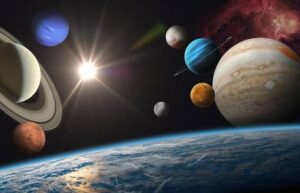
Apart from planets, the Solar System is home to numerous other celestial objects. Dwarf planets, like Pluto, Eris, and Haumea, were once considered full-fledged planets but were reclassified due to their smaller size and unique orbits. The asteroid belt, located between Mars and Jupiter, is a region teeming with rocky remnants from the early Solar System, some of which can be hazardous to Earth. Comets, icy bodies that originate from the outer reaches of the Solar System, periodically visit the inner regions, leaving behind magnificent tails of gas and dust as they approach the Sun.
In addition to these well-known components, the Solar System also houses moons, also known as natural satellites, that orbit many of the planets. Earth’s own moon, for instance, has played a pivotal role in shaping our planet’s geological history and has been a source of wonder and inspiration for millennia. The moons of Jupiter and Saturn, like Europa and Enceladus, have raised intriguing questions about the potential for extraterrestrial life due to the presence of subsurface oceans.
Formation and Evolution of the Solar System
Understanding the Solar System’s formation is crucial to comprehending its current state. The prevailing theory is known as the solar nebular hypothesis. According to this model, our Solar System formed approximately 4.6 billion years ago from a massive cloud of gas and dust known as a solar nebula.
The process began with the collapse of this nebula under the influence of gravity. As the cloud contracted, it started to spin and flatten into a rotating disk. At the center of this disk, the Sun was born, as nuclear fusion ignited within its core, releasing vast amounts of energy and light. Meanwhile, in the surrounding disk, solid particles began to collide and stick together, forming planetesimals, which eventually grew into protoplanets.
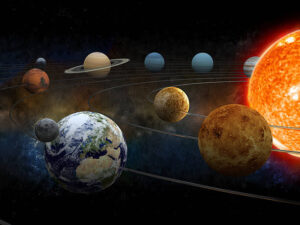
Over millions of years, these protoplanets continued to accrete material, and some became massive enough to clear their orbits of debris and establish themselves as the major planets. The gas giants, which formed farther from the Sun where it was cooler, accumulated large amounts of hydrogen and helium, while the terrestrial planets, closer to the Sun, remained smaller and rocky.
The Solar System’s history is marked by cataclysmic events and ongoing changes. Impact craters on the Moon and other planetary bodies provide evidence of countless collisions throughout its history. The most famous of these was the impact that is believed to have led to the extinction of the dinosaurs around 66 million years ago. Similarly, the Solar System’s evolution includes processes like the migration of planets, where some planets shifted positions over time, and the gradual aging of the Sun, which is currently about halfway through its life cycle.
Exploration and Human Endeavors
The Solar System has long been a subject of curiosity for humanity. Ancient civilizations observed the motions of celestial objects and incorporated them into their mythologies and calendars. However, it wasn’t until the dawn of the Space Age in the mid-20th century that we began to explore the Solar System firsthand.
The first significant milestone in this exploration was the launch of Sputnik 1 by the Soviet Union in 1957, marking the beginning of the Space Race. NASA’s Apollo program, which landed astronauts on the Moon between 1969 and 1972, stands as one of humanity’s greatest achievements in space exploration. These missions provided invaluable knowledge about our closest celestial neighbor and expanded our understanding of the Solar System.
In the decades that followed, numerous robotic missions were sent to explore various parts of the Solar System. The Viking missions to Mars in the 1970s, the Voyager missions that visited the outer planets in the late 1970s and early 1980s, and the Hubble Space Telescope, launched in 1990, have greatly enhanced our understanding of the planets, moons, and other objects in our celestial neighborhood.
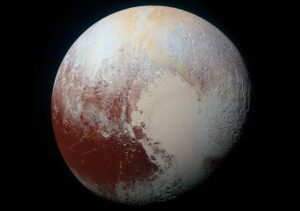
One of the most iconic missions of modern times is the Mars rover program. NASA’s rovers, such as Spirit, Opportunity, Curiosity, and Perseverance, have been instrumental in studying the Martian surface, searching for signs of past life, and preparing the groundwork for potential human missions to the Red Planet.
Moreover, the New Horizons mission provided the first close-up images of Pluto and its moon Charon in 2015, challenging our preconceived notions about these distant bodies. The Cassini-Huygens mission, which explored Saturn and its moons from 2004 to 2017, revealed the wonders of the ringed giant and its diverse collection of satellites.
The search for extraterrestrial life is another compelling aspect of Solar System exploration. Missions like the Mars Science Laboratory and the upcoming Europa Clipper mission aim to investigate environments that might harbor microbial life. The discovery of extremophiles on Earth has expanded our understanding of where life might exist beyond our home planet.
The Solar System’s Mysteries and Future Exploration
While we have made significant strides in understanding the Solar System, it remains a treasure trove of mysteries waiting to be unlocked. Some of these mysteries include:
The Origin of Water:
Understanding the origin of water on Earth and other celestial bodies is a crucial puzzle. Did it come from comets, asteroids, or other sources?
The Enigmatic Kuiper Belt:
The Kuiper Belt, a region of icy bodies beyond Neptune, holds many secrets about the early Solar System and the formation of planets.
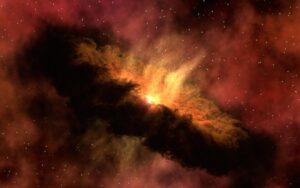
Oceans Beneath Icy Moons:
Moons like Europa, Ganymede, Enceladus, and Triton may have subsurface oceans. Exploring these oceans for signs of life is a priority for future missions.
The Search for Exoplanets:
The discovery of thousands of exoplanets outside our Solar System raises questions about the potential for life elsewhere in the universe.
The Fate of the Solar System
What will happen to our Solar System in the distant future? How will the Sun’s evolution affect the planets and other objects?
To unravel these mysteries and advance our understanding of the Solar System, space agencies worldwide continue to plan and execute ambitious missions. The James Webb Space Telescope (JWST), launched in 2021, promises to revolutionize our view of the cosmos and enable new discoveries within the Solar System and beyond. Missions like the Mars Sample Return, Europa Clipper, and Dragonfly (a mission to explore the surface of Saturn’s moon Titan) are poised to provide groundbreaking insights into the mysteries of our celestial neighborhood.
Moreover, the aspiration to send humans to Mars and establish a sustainable presence on the Moon represents the next chapter in Solar System exploration. These endeavors aim to expand our horizons and pave the way for humanity’s future beyond Earth.
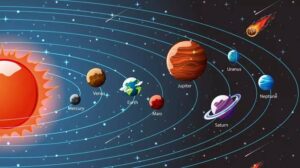
Amazon forest: Area, History and Significance
Conclusion
the Solar System is a mesmerizing and dynamic realm that has captivated human imagination for centuries. Its structure, formation, and ongoing evolution offer a wealth of knowledge and mysteries waiting to be uncovered. Through the relentless pursuit of exploration and scientific inquiry, we continue to unveil the secrets of our cosmic neighborhood, fostering a deeper appreciation of our place in the universe and the possibilities that lie beyond.
As we look to the future, the Solar System will undoubtedly remain a focal point of human exploration and discovery, inspiring generations to come to reach for the stars and embrace the infinite possibilities that the cosmos has to offer.











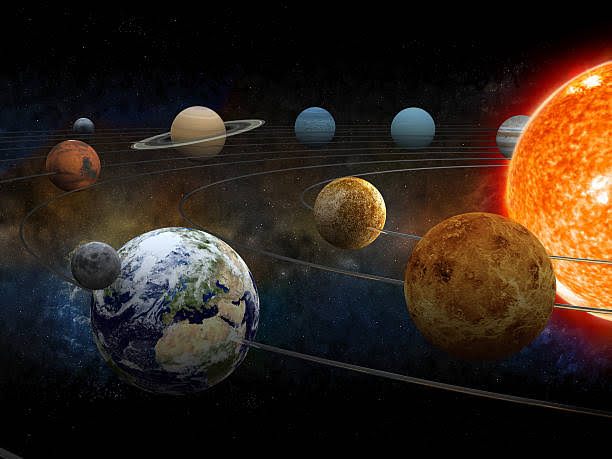

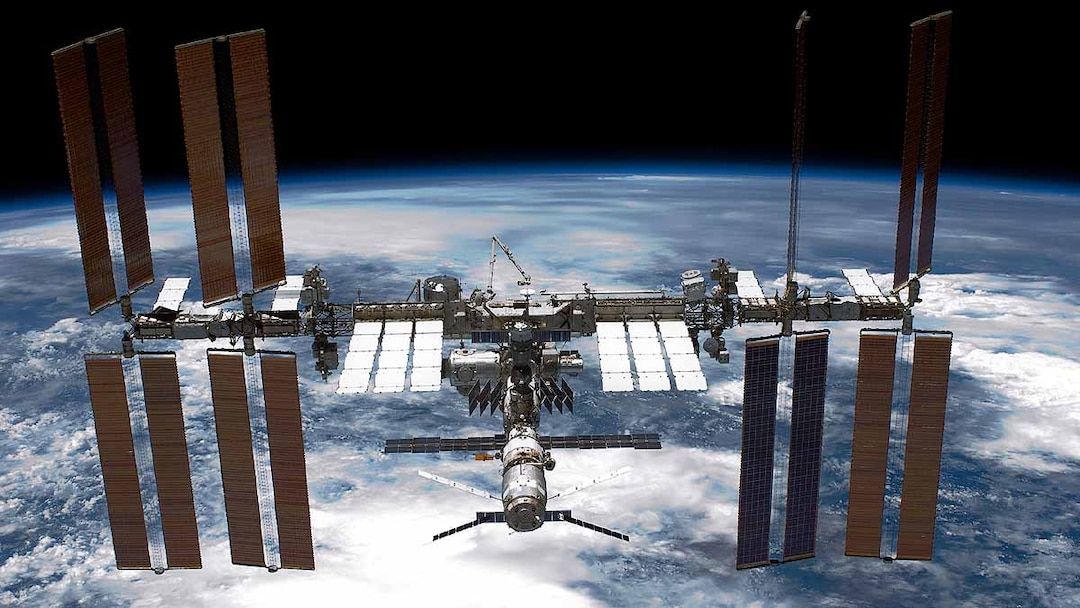
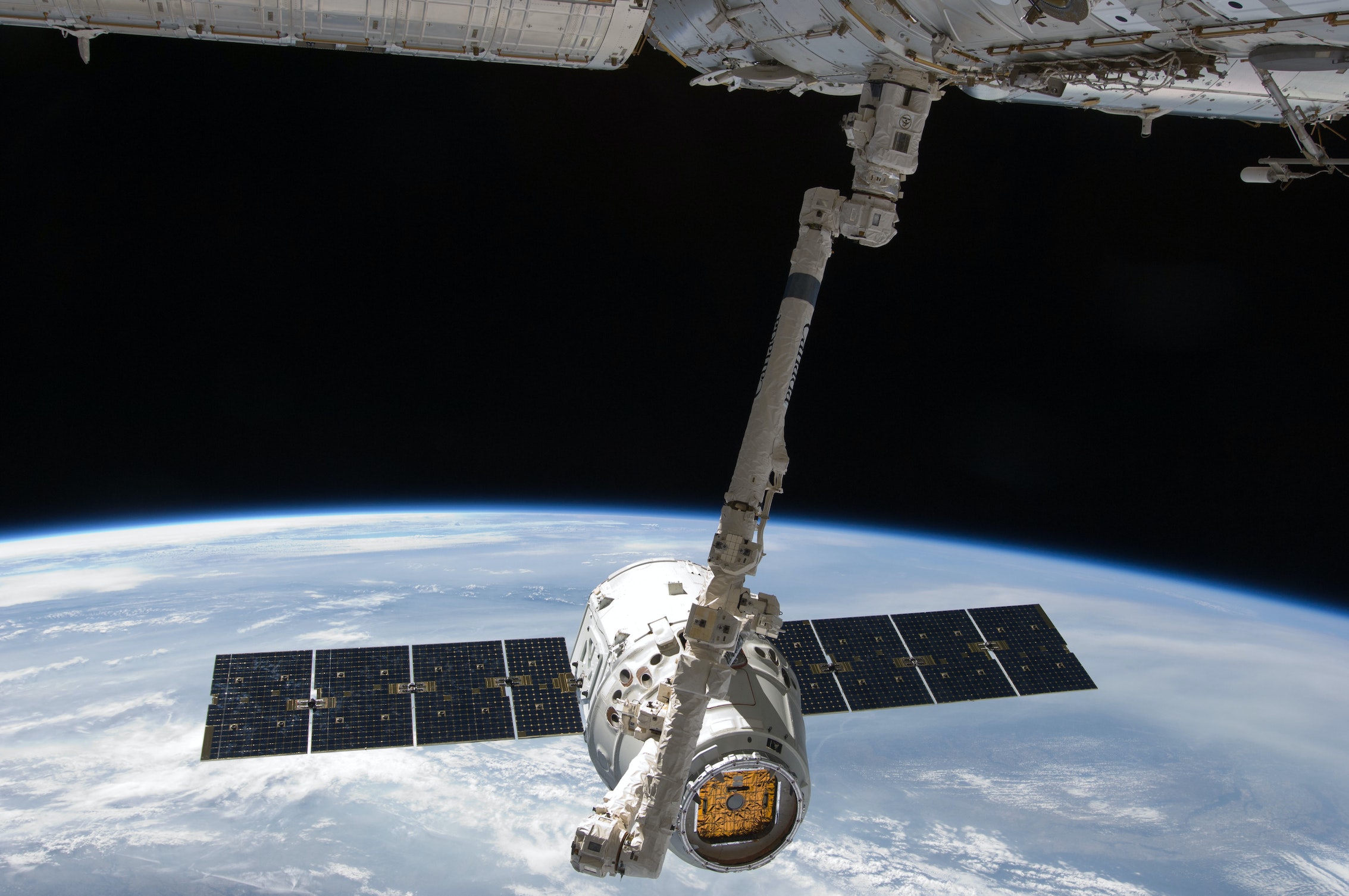





[…] Solar System: Structure, Formation, Evolution and Human Endeavors […]
[…] Solar System: Structure, Formation, Evolution and Human Endeavors […]
[…] Solar System: Structure, Formation, Evolution and Human Endeavors […]
[…] Solar System: Structure, Formation, Evolution and Human Endeavors […]
[…] Solar System: Structure, Formation, Evolution and Human Endeavors […]
Thank you for your sharing. I am worried that I lack creative ideas. It is your article that makes me full of hope. Thank you. But, I have a question, can you help me?